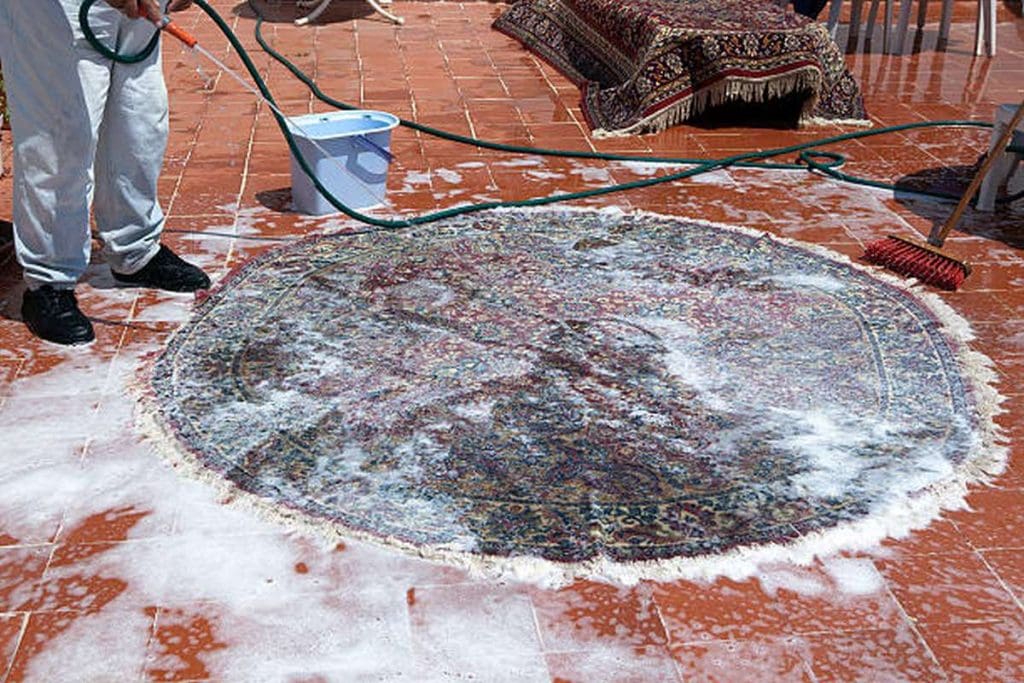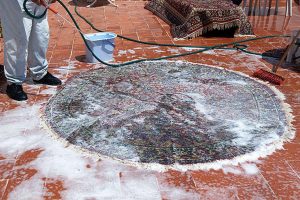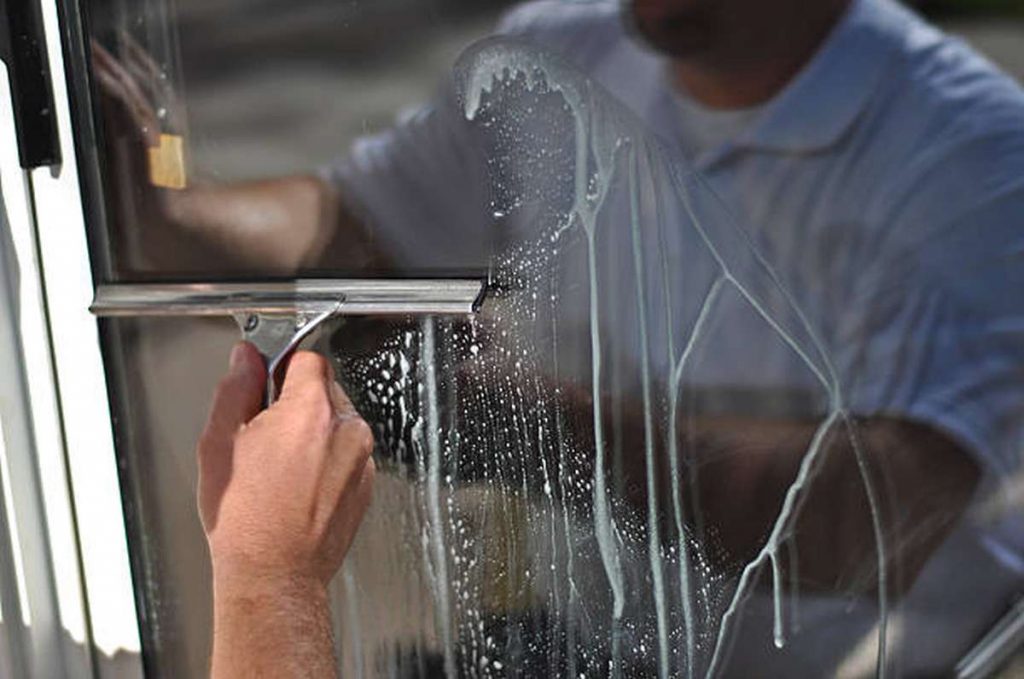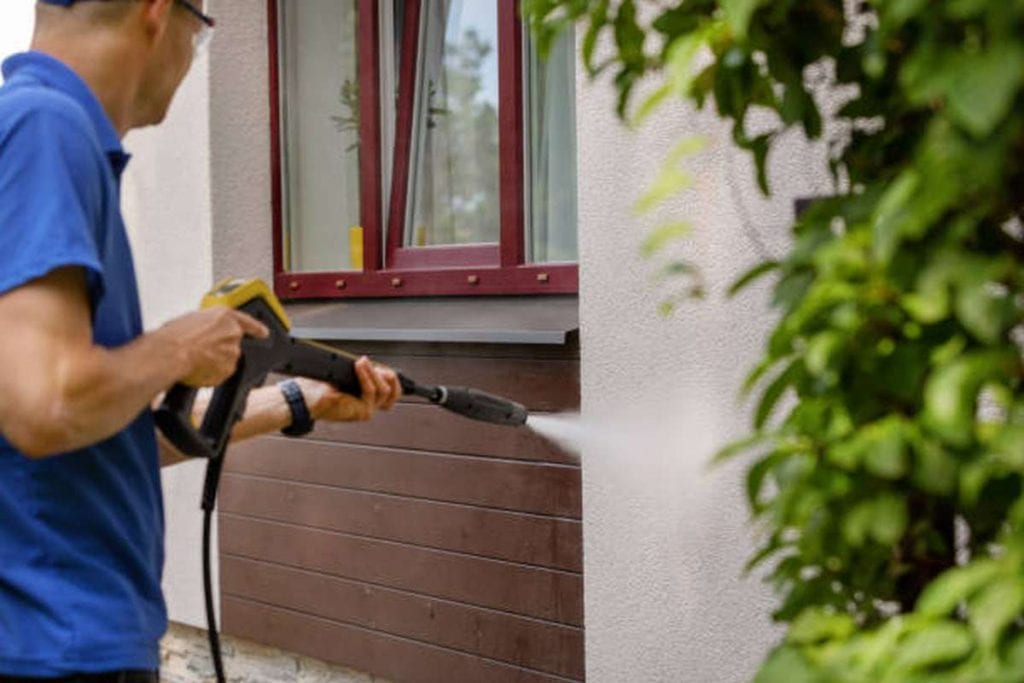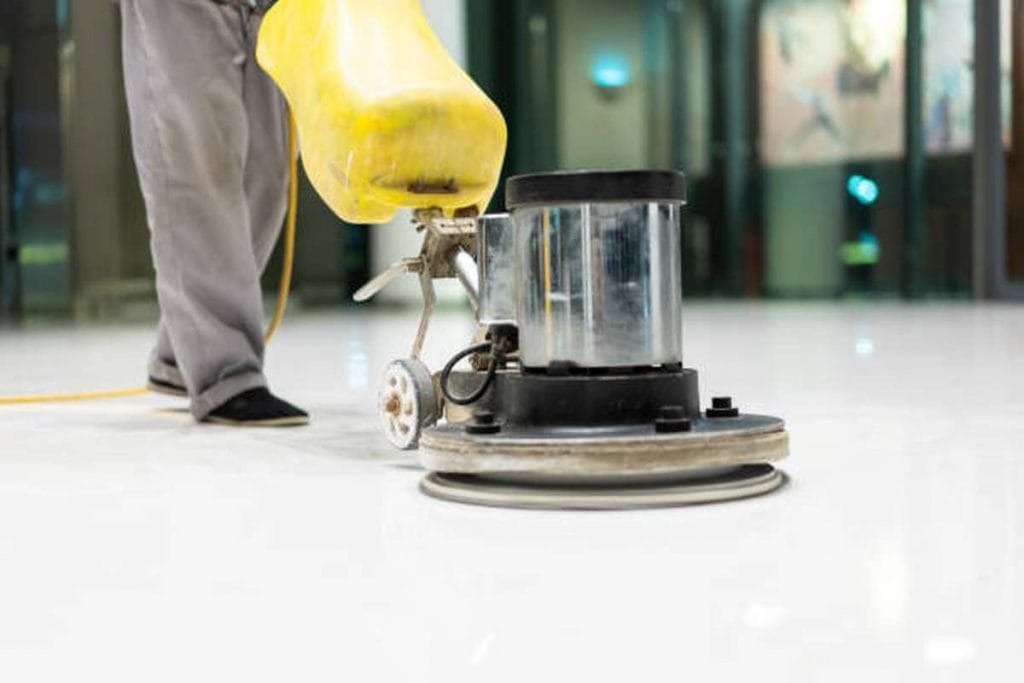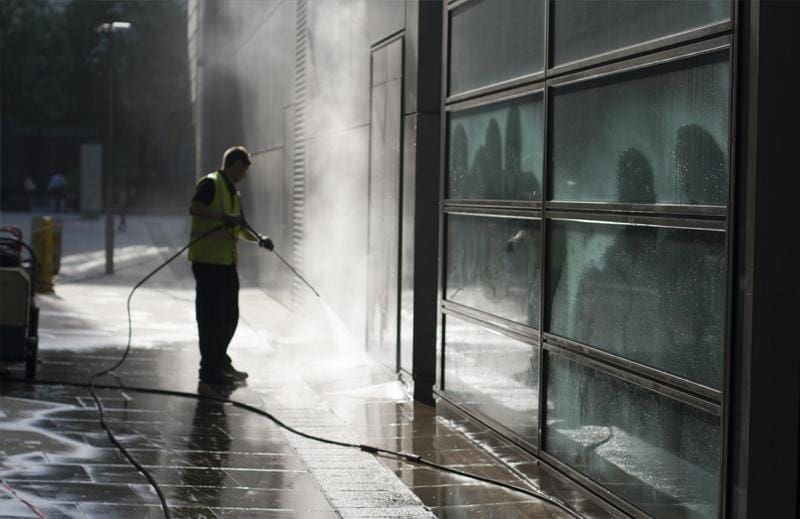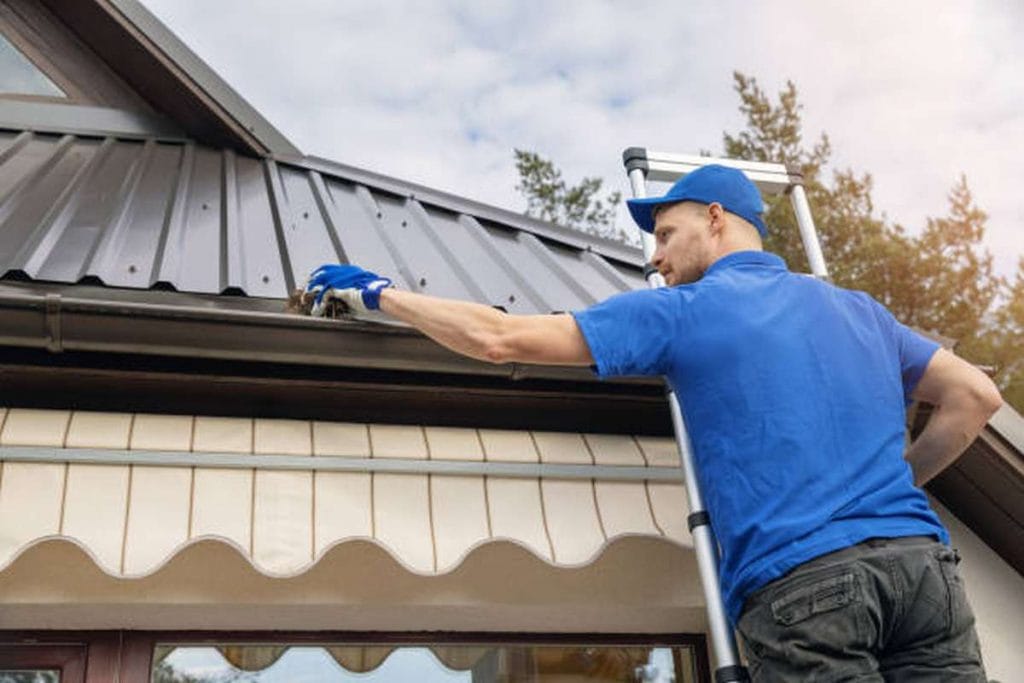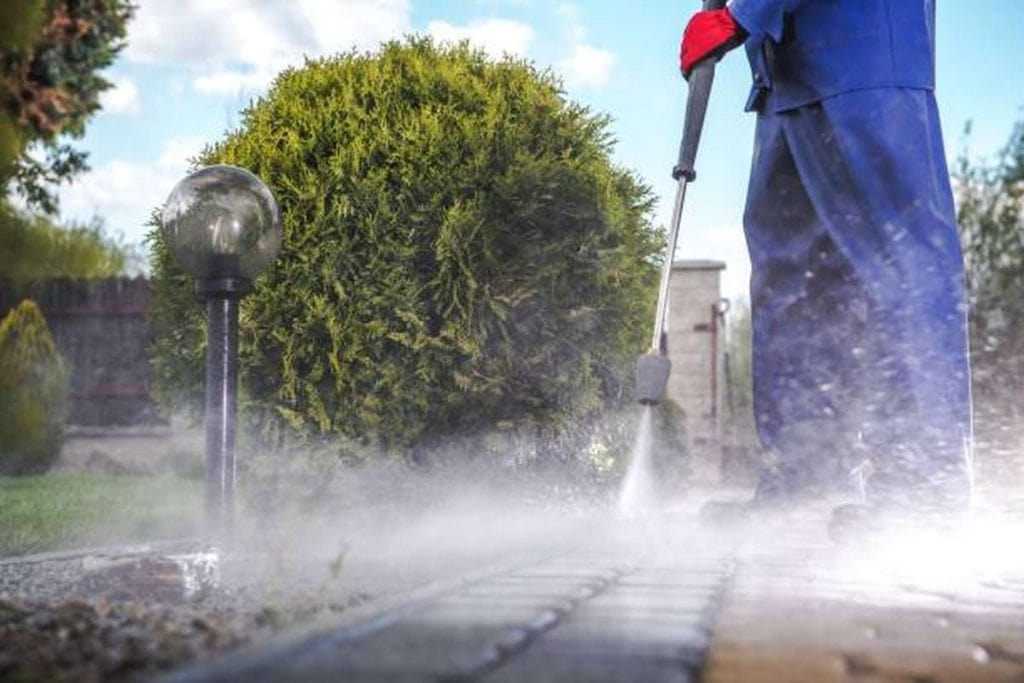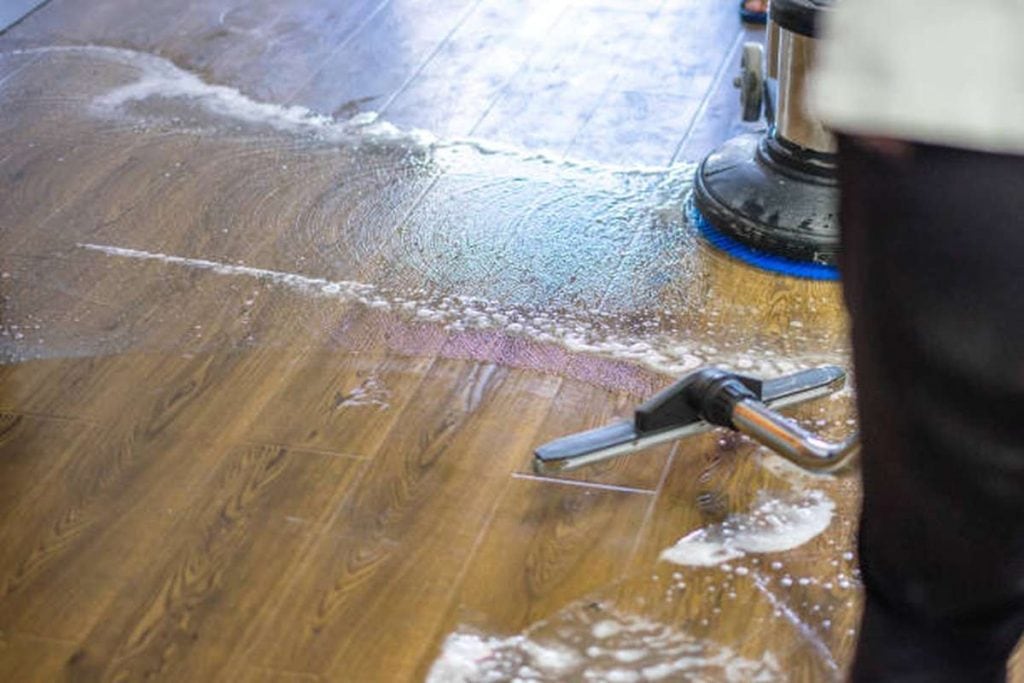Carpets add warmth and comfort to any home, but they also require proper maintenance to keep them looking their best. One common question among homeowners is: can all carpets be steam cleaned? The answer is more than a simple yes or no, as it largely depends on the material, weave, and condition of the carpet. In this comprehensive guide, we'll explore which carpets can benefit from steam cleaning and how to approach this cleaning method.
Understanding Carpet Materials
Carpets are made from various materials, each with unique properties. Synthetic fibres like nylon, polyester, and olefin are generally more resistant to moisture and heat, making them suitable candidates for steam cleaning. On the other hand, natural fibres such as wool, silk, and cotton may require more caution due to their delicate nature.
How Steam Affects Different Carpet Textures
Steam cleaning, a popular method for deep-cleaning carpets, can have varied effects on different carpet textures, and understanding these can ensure the longevity and aesthetic appeal of your carpeting. The power of steam to sanitise and refresh is unmatched, but it must be applied with knowledge of how it interacts with various carpet fibres.
For instance, plush carpets, known for their soft, dense pile, can benefit greatly from steam cleaning as the heat and moisture help to lift soil from deep within the fibres. However, it's crucial to ensure that the carpet is thoroughly dried to prevent the growth of mould or mildew within the dense pile.
Berber carpets, with their tight loop construction, are durable and can withstand the moisture of steam cleaning well. The steam can easily penetrate the loops to remove dirt, but caution must be taken to not over-wet the carpet, which could cause the loops to become misshapen.
Frieze carpets, characterised by their twisted fibres, are somewhat resistant to dampness because of their loose, airy pile. Steam can fluff up the twisted yarns, restoring life to a carpet that may have been flattened by foot traffic.
On the other hand, natural fibre carpets, such as wool or silk, require a gentler touch. While steam can still be used, the temperature and the amount of moisture must be carefully controlled to prevent shrinkage, felting, or colour bleeding.
Heat Tolerance of Carpet Fibers
Understanding the heat tolerance of various carpet fibres is essential for maintaining the integrity and appearance of your carpets, especially when considering steam cleaning or any other heat-related maintenance. Different fibres react distinctly to heat, and knowing these reactions helps in choosing the correct cleaning method and avoiding damage.
Nylon carpet fibres are known for their durability and resilience. They can withstand high temperatures, making them ideal for steam cleaning. The heat from steam can revive flattened nylon fibres, restoring the carpet's original texture.
Polyester is less tolerant of high temperatures compared to nylon. While it can handle moderate heat, excessive heat during cleaning can cause the fibres to melt or lose their form. Thus, when steam cleaning polyester carpets, it is crucial to use lower temperature settings.
Olefin fibres are quite resistant to moisture but have a lower melting point. Care should be taken to avoid prolonged exposure to high heat to prevent damage. Light steam cleaning with quick drying times is advisable for olefin carpets.
Wool, a natural fibre, offers a luxurious feel but is heat-sensitive. High temperatures can cause wool fibres to shrink or become distorted. It's essential to use steam cleaning with controlled heat to clean wool carpets effectively without causing harm.
Silk, another natural fibre, is the most delicate, with very low heat tolerance. Steam cleaning is generally not recommended for silk carpets. If necessary, a professional cleaner should perform the task with extreme care, using minimal heat and moisture.
Identifying Vulnerable Carpet Types
Identifying vulnerable carpet types is a crucial step in ensuring that the correct cleaning methods are applied to protect your investment and maintain the beauty of your flooring. Certain carpets are more susceptible to damage from standard cleaning methods and require special attention.
- Natural fibre carpets, such as wool or silk, are particularly vulnerable. Wool carpets, while durable and resilient, can suffer from shrinkage and felting if exposed to excessive heat or agitation. Silk carpets, prized for their lustre and softness, can easily be damaged by water and heat, making them unsuitable for most wet cleaning methods.
- Handmade or hand-knotted carpets, often made from natural fibres and crafted with traditional techniques, also require careful handling. The dyes in these carpets can bleed or fade if cleaned with harsh chemicals or too much water.
- Antique carpets present another category of vulnerability. The age of these carpets means the fibres have often become brittle, and the dyes may not be as stable as those in newer carpets. Thus, they require a gentle touch to prevent unravelling or discolouration.
- Carpets with long, loose fibres or shag carpets can also be problematic. Their deep pile can conceal dirt, making it challenging to clean thoroughly without professional equipment. Moreover, the length of the fibres makes them prone to tangling and matting.
Furthermore, carpets with a jute or natural plant fibre backing are susceptible to water damage. When exposed to moisture, these backings can deteriorate or even rot, which not only damages the carpet but can also lead to the growth of mould and mildew.
When dealing with vulnerable carpets like natural fibres, antiques, handmade shag, or those with natural backings, it is important to identify these vulnerabilities and approach cleaning with tailored methods that ensure their preservation.
Common Misconceptions and Errors
In carpet care, several misconceptions lead to common errors that can compromise the appearance and longevity of your flooring. It's crucial to debunk these myths to ensure carpets are maintained correctly.
One pervasive misconception is that steam cleaning can be done as frequently as vacuuming. This belief leads to over-cleaning, which can damage carpet fibres over time. While regular vacuuming is important for removing surface dirt, steam cleaning is a deeper treatment that should be used sparingly, typically not more than twice a year for residential carpets.
Another error is the assumption that all stains can be removed with vigorous scrubbing. This approach often worsens the problem, causing the stain to set deeper into the fibres and potentially damaging the carpet pile. The proper technique is to blot stains gently with a cleaning solution, working from the outside to prevent the stain from spreading.
There's also a common belief that deodorising powders is a sufficient cleaning method. While these can temporarily freshen a carpet, they don't remove underlying dirt and debris. Overuse can lead to buildup within the carpet layers, which not only impacts hygiene but can also affect indoor air quality.
Finally, the 'out of sight, out of mind' mentality often prevails regarding deep cleaning. Just because a carpet looks clean doesn't mean it is free of allergens and bacteria. Regular deep cleaning is essential to maintain a truly clean carpet.
Dispelling these myths and understanding the proper care techniques are key to preserving the life of your carpets and ensuring a clean, healthy home environment.
Evaluating Cleaning Methods for Each Type
When evaluating cleaning methods for different types of carpets, it's essential to consider the material, construction, and usage of the carpet. Here is a breakdown of cleaning strategies for various carpet types:
Synthetic Fibers (Nylon, Polyester, Olefin)
- Vacuuming: Regular vacuuming is essential; at least once a week is recommended.
- Steam Cleaning: Suitable for deep cleaning every 12-18 months. Nylon handles it particularly well, rejuvenating the fibres.
- Spot Cleaning: Immediate treatment with mild detergents is effective for spills.
Wool
- Vacuuming: Use a gentle suction setting and avoid beater brushes to prevent fibre damage.
- Dry Cleaning Powders: Preferred over wet cleaning to avoid shrinkage and maintain texture.
- Professional Cleaning: Recommended for a thorough cleanse without risking damage from DIY methods.
Natural Plant Fibers (Sisal, Jute, Seagrass)
- Vacuuming: Essential to prevent dirt accumulation; be gentle to avoid fraying.
- Spot Cleaning: Use a dry cloth and spot test any cleaners to avoid discolouration.
- Low Moisture: If deep cleaning is necessary, use low moisture methods and ensure quick drying.
Silk
- Light Vacuuming: With a brushless suction head to protect delicate fibres.
- Professional Cleaning: Advisable to prevent watermarks and texture changes.
- Avoid Sunlight and Chemicals: To preserve color and integrity.
Shag and High-Pile Carpets
- Vacuuming: Use a vacuum without a beater bar to prevent tangling.
- Shake and Beat: Smaller rugs can be shaken or beaten outdoors to remove dust.
- Deep Cleaning: Use a professional service to penetrate the pile without matting.
By tailoring your cleaning method to the type of carpet you have, you ensure effective dirt and stain removal while extending the life of your carpets. Always consider the manufacturer's recommendations, and when in doubt, consult with professional cleaners.
Hygiene and Deep Cleaning Prospects
Hygiene within the home has taken centre stage recently, with deep cleaning being a critical component for maintaining a healthful environment. Carpets often harbour more than just everyday dust and dirt; they can be reservoirs for allergens, bacteria, and viruses, which makes deep cleaning not just an aesthetic choice but a health priority.
Deep carpet cleaning goes beyond the surface level, involving a thorough cleansing that reaches the very base of the fibres. This process effectively removes ingrained dirt, pet dander, dust mites, and other microscopic inhabitants that can affect indoor air quality and health. For individuals with allergies or respiratory issues, this kind of deep cleaning can make a significant difference in their quality of life.
Steam cleaning is often heralded as one of the best deep-cleaning methods for carpets. It uses high-temperature steam to penetrate the carpet fibres, loosening and removing debris and killing most germs and dust mites due to the high heat. Additionally, steam cleaning doesn't require chemicals, making it a health-friendly option.
Another deep cleaning method is hot water extraction, which involves injecting hot water and cleaning agents deep into the carpet fibres and then extracting them along with the dislodged dirt. This method is highly effective for removing stubborn stains and built-up grime.
While regular vacuuming is important for day-to-day carpet maintenance, it does not remove all the contaminants. Deep cleaning is recommended at least once a year or more frequently for high-traffic areas or homes with pets, children, or individuals with allergies.
It is also essential to ensure that the carpet dries completely after a deep clean to prevent the growth of mould or mildew. Employing professional carpet cleaners can offer the best hygiene and deep cleaning results, as they have the expertise and equipment necessary to clean and dry the carpet properly.
Maintaining hygiene through deep cleaning is vital for a healthy home environment. It not only preserves the life and appearance of your carpets but also supports the overall well-being of your household.
Common Misconceptions and Errors
In carpet care, several misconceptions lead to common errors that can compromise the appearance and longevity of your flooring. It's crucial to debunk these myths to ensure carpets are maintained correctly.
One pervasive misconception is that steam cleaning can be done as frequently as vacuuming. This belief leads to over-cleaning, which damages carpet fibres over time. While regular vacuuming is important for removing surface dirt, steam cleaning is a deeper treatment that should be used sparingly, typically not more than twice a year for residential carpets.
Another error is the assumption that all stains can be removed with vigorous scrubbing. This approach often worsens the problem, causing the stain to set deeper into the fibres and potentially damaging the carpet pile. The proper technique is to blot stains gently with a cleaning solution, working from the outside to prevent the stain from spreading.
There's also a common belief that deodorising powders is a sufficient cleaning method. While these can temporarily freshen a carpet, they don't remove underlying dirt and debris. Overuse can lead to buildup within the carpet layers, which not only impacts hygiene but can also affect indoor air quality.
Finally, the 'out of sight, out of mind' mentality often prevails regarding deep cleaning. Just because a carpet looks clean doesn't mean it is free of allergens and bacteria. Regular deep cleaning is essential to maintain a truly clean carpet.
Dispelling these myths and understanding the proper care techniques are key to preserving the life of your carpets and ensuring a clean, healthy home environment.
Comparing Expenses: Steam vs. Other Methods
When weighing the costs of carpet cleaning, comparing steam cleaning to other methods is a common dilemma for homeowners. Here's a comparative look at the expenses involved:
Steam Cleaning (Hot Water Extraction):
- Initial Cost: Typically, steam cleaning services are charged by the room or square footage, which can be higher upfront than DIY methods. However, some find it more cost-effective due to the longevity of cleanliness provided.
- Frequency: As steam cleaning is more thorough, it's needed less often – usually once a year – making it more economical.
- Long-Term Investment: Protects carpet integrity and prolongs its lifespan, which may reduce the frequency of carpet replacement.
Dry Cleaning:
- Initial Cost: Often less than steam cleaning, with various at-home kits available cheaply.
- Frequency: This may be required more often than steam cleaning as it's less thorough, potentially leading to higher costs over time.
- Chemical Use: The cost of chemicals can add up, and there is a risk of residue that can attract more dirt over time.
Rental Equipment:
- Rental Fee: Renting a carpet cleaner can be an economical choice for a DIY approach, though it may not be as powerful as professional equipment.
- Cleaning Solutions: You'll need to purchase specific cleaning formulas, which adds to the total cost.
- Time and Labor: The value of personal time and effort should be considered, as these machines require more user input.
Professional Services:
- Varied Techniques: Different companies offer a range of cleaning methods at various price points.
- Package Deals: Some companies offer maintenance packages that include periodic cleaning, which can be cost-effective.
- Guarantee: Often comes with a satisfaction guarantee, ensuring value for the money spent.
DIY Spot Cleaning:
- Low Immediate Cost: Spot cleaning with household products is cost-effective in the short term.
- Potential Damage: Incorrect methods can damage carpets, leading to costly repairs or replacement.
While steam cleaning may seem pricier initially, its deep-cleaning capabilities and long-lasting effects can provide value over time. Dry cleaning and rental equipment offer lower upfront costs but may require more frequent cleaning sessions. Professional services, although potentially the most expensive, offer the peace of mind of a job well done with guarantees and package options. Evaluating the expenses involves looking beyond the price tag to the long-term health of your carpets and considering the value of your time and satisfaction.
The Latest Equipment and Techniques
The carpet cleaning industry is constantly evolving, with technological advancements bringing forward new equipment and techniques designed to provide deeper cleaning and more efficient service. Here's a look at the latest developments:
Robotic Carpet Cleaners
In terms of consumer convenience, robotic carpet cleaners are becoming more advanced. These devices can be scheduled to clean and are equipped with sensors to navigate around furniture and avoid stairs, ensuring consistent cleanliness.
Encapsulation Technology
This technique involves a cleaning solution encapsulating and crystallising dirt particles upon drying. Once crystallised, the debris can be vacuumed away with ease. This method is valued for its quick drying time and is particularly effective for commercial carpets with a lot of foot traffic.
Ultra-Low Moisture (ULM) Systems
ULM cleaning systems use minimal water, which reduces drying time and the risk of mould or mildew growth in carpets. These systems are ideal for areas where the carpet can only be taken out of service for a short time, such as in hotels or offices.
Truck-Mounted Extraction Systems
These powerful cleaners offer stronger suction and more effective water-heating capabilities than portable units. The high temperature and pressure can make them particularly effective for deep cleaning and sanitising carpets.
Green and Sustainable Solutions
With a growing concern for the environment, more companies are adopting eco-friendly cleaning solutions. These products are biodegradable and non-toxic, ensuring household safety and a reduced ecological footprint.
Improved Spot Treatment Techniques
Spot treatment innovations now include gentle yet effective formulas for specific stains, such as pet accidents or red wine spills. These treatments are less abrasive on carpets and more focused on the targeted area.
Infrared and UV Light Inspection
Some professionals now use infrared and UV light to detect hard-to-see stains, such as pet urine, to ensure a thorough clean. This technology helps to identify all areas that need treatment, which is especially helpful in hygiene-sensitive environments.
Integrated Carpet Maintenance Programs
For commercial clients, some companies are offering comprehensive maintenance programs that combine regular deep cleaning with interim low-moisture cleaning. This combination keeps carpets looking fresh and extends their life span.
Adoption of the latest equipment and techniques in carpet cleaning not only provides superior cleaning results but also ensures that the process is as efficient and environmentally responsible as possible. Whether for residential or commercial carpet cleaning, these innovations set a new standard in the industry.
FAQs
Is steam cleaning suitable for all types of carpets?
No, steam cleaning is not suitable for all carpet types. While it's excellent for most synthetic and some wool carpets, delicate materials like silk, natural fibres, and certain high-pile carpets might be damaged by high heat and moisture.
What are some common misconceptions about carpet steam cleaning?
A frequent misconception is that steam cleaning can shrink or damage any carpet. When performed correctly, it is safe for most carpet types and can prolong the carpet's life by removing deep-set dirt and bacteria.
How does steam cleaning compare to other carpet cleaning methods in terms of cost?
Steam cleaning can be more costly upfront compared to methods like dry cleaning or DIY spot cleaning. However, due to its deep cleaning capability, it's needed less frequently, making it cost-effective over time. It also maintains carpet quality, potentially saving money on early replacements.
Can you list some of the latest equipment and techniques in carpet cleaning?
The latest advancements include:
- Robotic carpet cleaners.
- Encapsulation technology.
- Ultra-low moisture systems.
- Truck-mounted extraction units.
- Green cleaning solutions.
- Improved spot treatment methods.
- Infrared and UV light for detecting stains.
Why is it important to choose the correct carpet cleaning method?
Choosing the correct carpet cleaning method is crucial to avoid damage to the fibres, ensure the carpet's longevity, and maintain a healthy living environment. Different carpet materials require specific care, and using the wrong method can result in irreversible damage or ineffective cleaning.
Conclusion
In this comprehensive blog, we've delved into the intricacies of carpet steam cleaning, discussing whether all types of carpets suit this method. We've explored a range of topics, from the impact of steam on different carpet textures to the heat tolerance of various carpet fibres, shedding light on the optimal cleaning practices for each type.
We addressed common misconceptions and errors that often arise in carpet maintenance, emphasising the importance of correct cleaning techniques to extend the life of your carpets and maintain their appearance. Evaluating different cleaning methods, we provided tailored strategies for synthetic, wool, natural fibres, silk, and high-pile carpets, highlighting the need for specific approaches to different materials.
A comparative analysis of the costs associated with steam cleaning versus other methods offered a financial perspective on carpet maintenance. We also touched on the latest advancements in carpet cleaning technology, showcasing how innovative equipment and techniques enhance efficiency and effectiveness in the industry.
The blog aims to serve as a guide for homeowners and professionals alike, offering valuable insights into the best practices for carpet care and maintenance.
FAQs About Pressure Washing
Are there any carpets that should not be steam cleaned?
Yes, some carpets are not suitable for steam cleaning. Carpets made of natural fibers like silk or some delicate antique rugs should not be steam cleaned. Additionally, carpets with a high sensitivity to moisture, such as jute or certain types of sisal, are better cleaned using alternative methods to avoid damage.
How often should I steam clean my carpets?
The frequency of steam cleaning depends on factors such as foot traffic, household pets, and lifestyle. Generally, it's recommended to steam clean carpets every 6-12 months for regular maintenance. High-traffic areas or homes with pets may require more frequent cleaning, possibly every 3-6 months, to keep the carpets looking and smelling fresh.
Can steam cleaning damage the padding or the flooring beneath the carpet?
When done correctly, steam cleaning should not damage the padding or the flooring beneath the carpet. Professional carpet cleaners are trained to use the right amount of moisture to prevent over-saturation, which could potentially lead to damage. It's essential to choose a reputable and experienced carpet cleaning service to minimize any risk.
How long does it take for carpets to dry after steam cleaning?
The drying time after steam cleaning can vary depending on factors like humidity, carpet thickness, and ventilation. On average, carpets can take anywhere from 6 to 12 hours to dry completely. To expedite the drying process, ensure good airflow by opening windows and using fans. Avoid walking on the carpet until it's fully dry to prevent re-soiling.
Can steam cleaning help with allergies and indoor air quality?
Yes, steam cleaning can contribute to improved indoor air quality and help with allergies. It effectively removes dust, dirt, allergens, and pollutants trapped in the carpet fibers. This can lead to a cleaner and healthier living environment, especially for individuals with allergies or respiratory issues.

